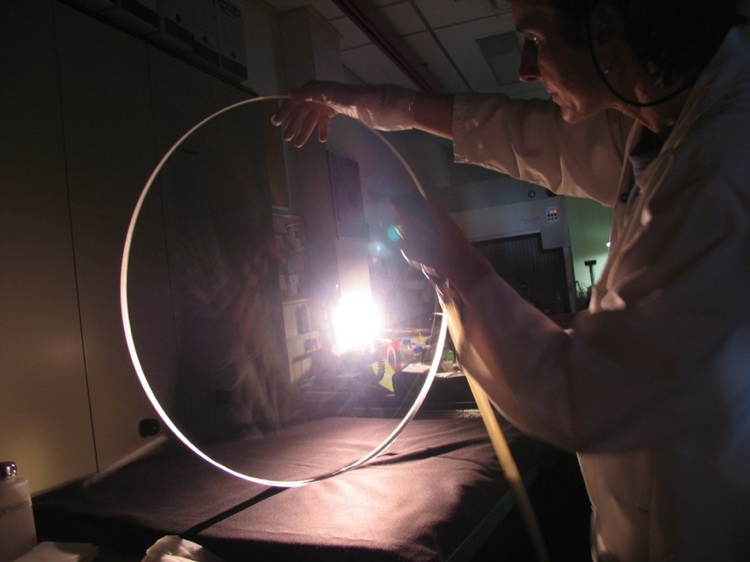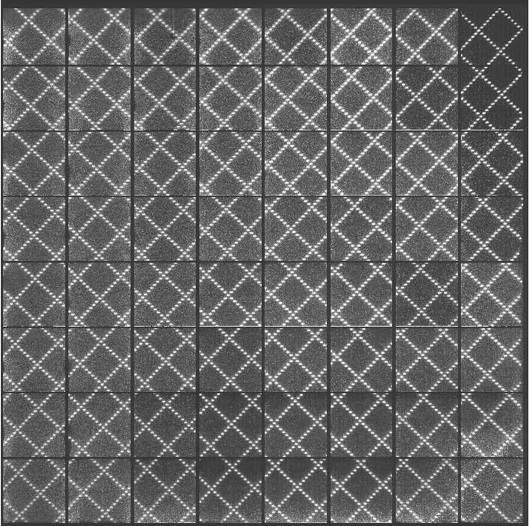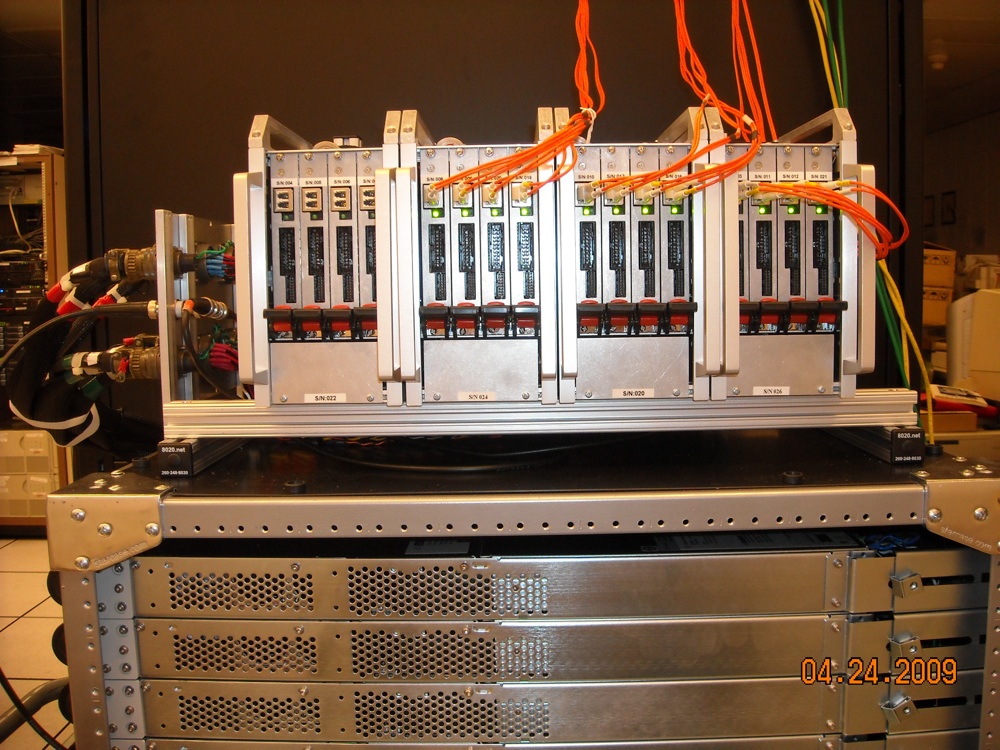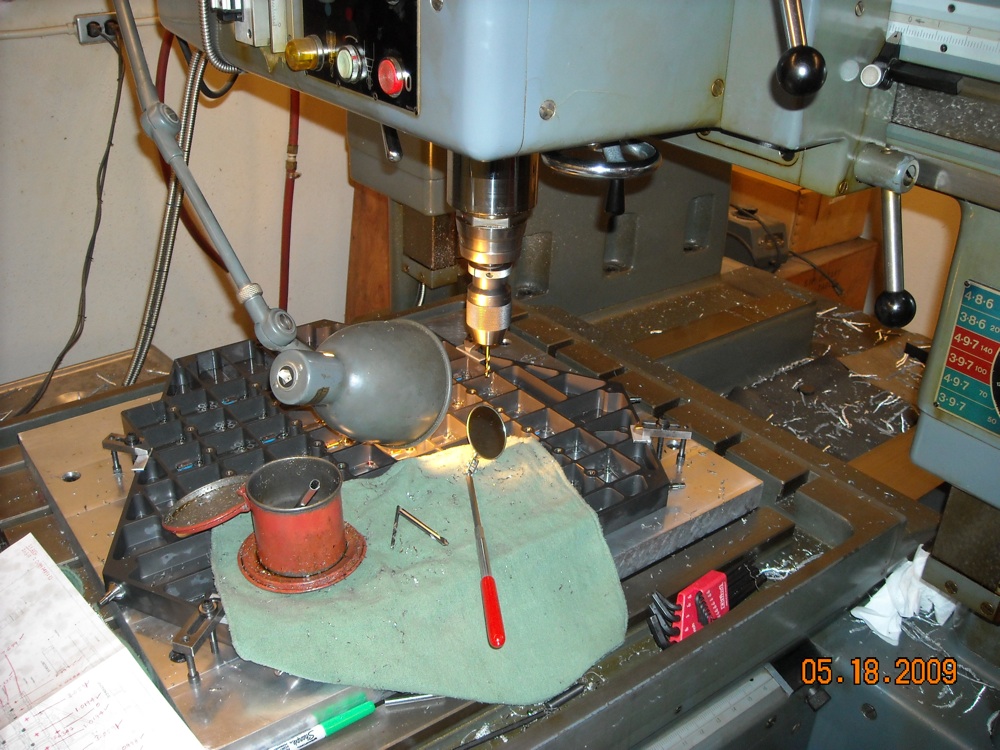
- About WIYN
- Observing at WIYN
Available Instruments
Optical Imaging
Infrared Imaging
Spectroscopy
Observing Tools
Observing Planning
At the Telescope
After Your Run
- Internal Use
WIYN Oversight
Calendars
ONE DEGREE IMAGER (ODI) Status Updates
ODI News Roundup: July 2009
First Half of ODI CCD Controller Received
The Stargrasp controller group at IfA delivered the first half of the ODI CCD controller to Tucson. This is a 256-channel system build of 16 Stargrasp controllers; each controller will be connected to two OTA detectors. The Stargrasp controllers have a very network-oriented design: Each of the final 32 controller boards connects to the control and readout system through 1GB ethernet over fiber connections (see picture below). Now with the first half of the controllers at hand we have started intense testing and optimisation of network configurations. While still lacking detectors, we are now able to simulate the readout of images on real hardware. In a couple of months, we will receive the second half of the controllers, leaving us with a complete 512 channel system for the entire ODI focal plane.
Stargrasp Controllers with Fiber connections Drill, Baby, Drill
Remember the Silicon Carbide focal plate? ODI's 64 OTA detectors will mount onto this plate. We are currently drilling precisely located holes into the focal plate to exactly position the detectors. Well, not directly into the Silicon Carbide, since it would probably break like glass. Instead we glued small Invar steel inserts into pre-fabricated holes. It turned out that the glue is not strong enough to hold the inserts in place when drilled by a computer-controlled machine. Therefore, we had to revert to a good old hand-operated machine where the tactile feedback helps to prevent cracking out the inserts.
Drilling of precisely located holes in the focal plate Optics still proceeding
ODI will have an optical corrector and an atmospheric dispersion compensator (ADC). At this time, all four prisms for the ADC have been fabricated; two of them are already in Tucson, and two more are in transit from France (the picture of a prism below was taken in France during acceptance testing). The one remaining lens is being polished for two more weeks until it can undergo acceptance testing mid July.
In the meantime, the dewar window is being coated at Infinite Optics to reduce reflection losses. One side has been coated, and the other side will be processed within a few days. In July, the ADC prisms will be sent to IO for coating as well. The anti-reflection coatings of ODI optics will reduce throughput losses from 18% of uncoated surfaces to less than 8%.

One of the 4 prisms for the Atmospheric Dispersion Compensator (ADC) ODI Detector Packaging Successful
As OTA detectors are not commercially available, WIYN/ODI has been leading an own project to develop and produce a sufficient number of CCDs for ODI. For the ODI focal plane we decided to create a new ceramic package onto which the detectors are mounted. This package was designed to best match the thermal and mechanical properties of the Silicon carbide base plate. Mike Lesser and his team at ITL have now succeeded in producing detectors on the new carrier packages that meet science requirements for ODI (the picture below is taken with a new device). We will now use these demonstration CCDs to optimise the cabling between detectors and CCD controllers. With this major milestone reached, ITL will now start mass-production of detectors for the ODI focal plane. We expect all 64 devices to be ready by January 2010.

A fully functioning Lot 3 OTA 




Last modified: 06-Jul-2022 13:54:34 MST
- Observing at WIYN

